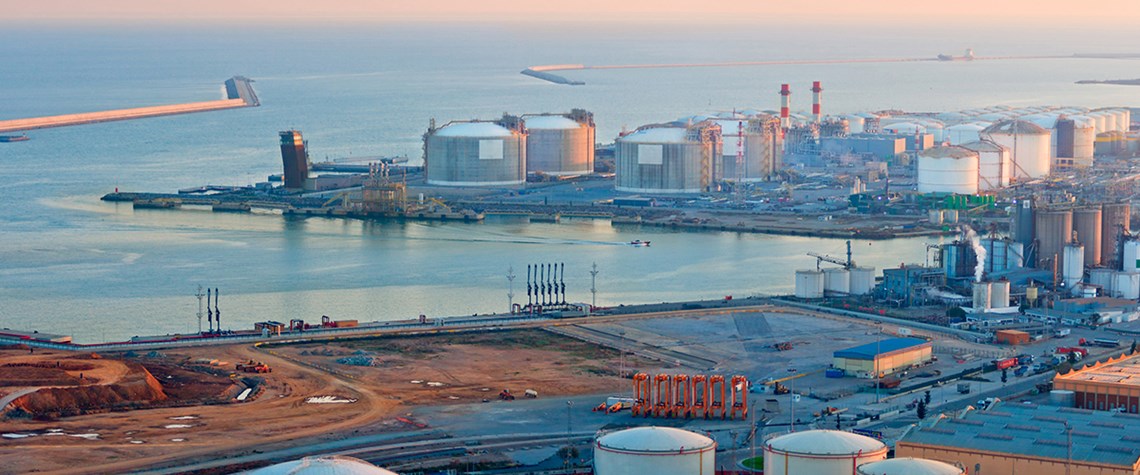LNG power play
Weak prices are an opportunity for LNG-to-power developers. But projects need the right partners and location to succeed
It's no secret that a global liquefied natural gas glut has pressured prices from Europe to Southeast Asia. LNG imports into Japan now cost buyers just $8 per million British thermal units—less than half the price two and a half years ago. Europeans are importing LNG for even less, for around $5-6/m Btu. Faced with saturated gas markets and persistently low prices, both power buyers and gas producers spy an opportunity to develop LNG-to-power projects. These projects typically consist of an LNG import terminal to receive, store and regasify the LNG, and a connected gas-fired power plant to burn the fuel to produce electricity. Several LNG-to-power projects are under development or recently c

Also in this section
5 December 2025
Mistaken assumptions around an oil bull run that never happened are a warning over the talk of a supply glut
4 December 2025
Time is running out for Lukoil and Rosneft to divest international assets that will be mostly rendered useless to them when the US sanctions deadline arrives in mid-December
3 December 2025
Aramco’s pursuit of $30b in US gas partnerships marks a strategic pivot. The US gains capital and certainty; Saudi Arabia gains access, flexibility and a new export future
2 December 2025
The interplay between OPEC+, China and the US will define oil markets throughout 2026







